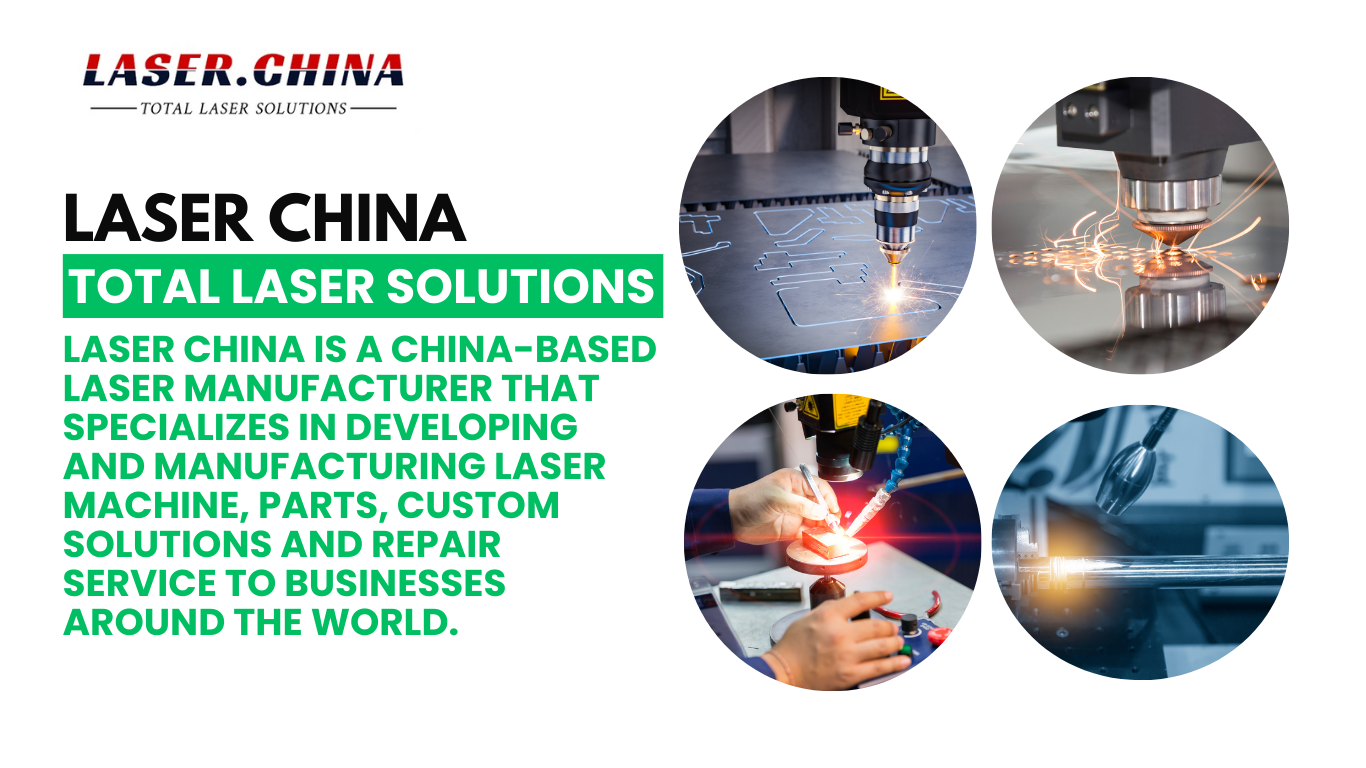Notifications

6 minutes, 54 seconds
-567 Views 0 Comments 0 Likes 0 Reviews

An industrial laser cleaner is a powerful and innovative tool used for cleaning and surface preparation in various industrial applications. This technology uses laser beams to remove contaminants such as rust, paint, oil, grease, and other pollutants from the surfaces of materials, particularly metals. Unlike traditional cleaning methods, which involve abrasive materials or chemicals, laser cleaning is a non-contact process that utilizes high-intensity light to perform the cleaning without causing damage to the underlying substrate. This makes it a highly efficient and eco-friendly alternative for industrial cleaning.
The core principle behind laser cleaning is the interaction between a high-powered laser beam and the material to be cleaned. The laser emits a beam of concentrated light at a specific wavelength, usually in the ultraviolet (UV) or infrared (IR) spectrum. When this light strikes the surface of the material, it is absorbed by the contaminants, such as rust, paint, or dirt. The intense energy from the laser causes the contaminants to evaporate, sublimate, or be blown away from the surface through the rapid heating and cooling process.
The laser cleaning process occurs in several steps:
Laser cleaning can be performed in a variety of ways, including stationary systems where the material remains still, or mobile systems where the laser cleaning head moves over the surface of the material.
Laser cleaning offers several advantages over traditional cleaning methods:
Precision and Control: One of the key benefits of laser cleaning is the level of precision it offers. The laser can focus on very specific areas, cleaning only the desired sections without affecting the surrounding material. This is particularly useful when working with delicate or complex surfaces.
Environmentally Friendly: Laser cleaning is a green technology. It does not require the use of harmful chemicals, abrasives, or solvents, reducing the environmental impact. It also generates minimal waste compared to traditional methods that produce chemical byproducts or waste materials.
Cost-Effective in the Long Term: Although the initial investment in laser cleaning systems may be high, the long-term savings can be significant. Laser cleaners require less maintenance than traditional cleaning equipment, and the lack of consumables (like chemicals or abrasives) can result in lower operational costs.
Non-Contact Process: Since laser cleaning is a non-contact method, there is no physical wear or tear on the equipment or the material being cleaned. This reduces the risk of damage to the surface, ensuring that delicate or high-value components remain intact.
Versatility: Laser cleaning can be applied to a wide range of materials, including steel, aluminum, copper, plastics, and ceramics. It can also be used for a variety of contamination types, including rust, paint, mold, and soot, making it suitable for numerous industries, from automotive and aerospace to electronics and heritage conservation.
Safety: Laser cleaning systems are designed with safety in mind. Many models include safety features such as enclosed cleaning heads, protective shields, and safety interlocks to ensure that operators are not exposed to hazardous laser radiation.
Industrial laser cleaners are used across a wide range of industries for various applications:
Metal Surface Cleaning: Laser cleaning is commonly used for rust removal and surface preparation in the metal industry. It helps to clean parts before welding or coating, improving the quality and longevity of the final product.
Paint and Coating Removal: Laser cleaning is effective for removing layers of paint or coatings from metal surfaces, such as in the automotive, aerospace, and shipbuilding industries, where precise removal is crucial.
Restoration of Historical Artifacts: Laser cleaning is also used in the preservation and restoration of artworks, sculptures, and historical artifacts. The precision of lasers helps to remove dirt and grime without damaging the underlying material.
Deburring and Surface Finishing: In manufacturing processes, lasers are used for deburring and polishing metal parts, ensuring smoother surfaces and better product quality.
Industrial laser cleaning is revolutionizing the way industries approach surface cleaning and maintenance. Its precision, environmental friendliness, and versatility make it an attractive option for a wide variety of applications, from metalworking and automotive manufacturing to art restoration. With continuous advancements in laser technology, laser cleaning is poised to become even more accessible, efficient, and cost-effective, leading to its increased adoption across various sectors.

